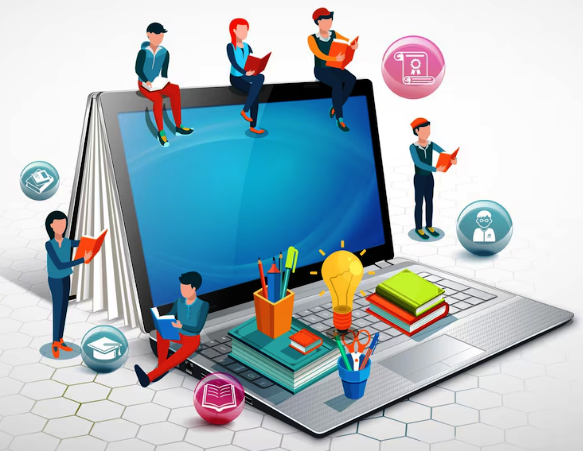The Education System and Necessary Reforms
The education system is fundamental to the development of individuals and societies. However, as global demands and technologies evolve, so too must educational practices and policies. Reforms are essential to address current challenges and to equip students for the future. This article explores the current state of education systems and outlines key reforms needed to enhance educational outcomes.
Current Challenges in Education
Outdated Curriculum: Many education systems rely on curricula that have not been updated to reflect the rapid changes in technology and industry. Students often graduate with knowledge and skills that are not aligned with current job market requirements.
Inequality: Disparities in educational resources and opportunities can result in significant gaps in student achievement. Factors such as socioeconomic status, geographic location, and race can influence the quality of education a student receives.
Standardized Testing: While standardized tests are used to assess student learning, they often fail to capture the full range of a student’s abilities and can create a narrow focus on test preparation rather than holistic learning.
Teacher Support and Development: Teachers are crucial to student success, yet many education systems do not provide adequate support, professional development, or competitive salaries to retain skilled educators.
Technological Integration: Although technology has the potential to enhance learning, its integration into classrooms is uneven. Some schools lack the necessary infrastructure or training to effectively utilize technology in education.
Key Reforms Needed
- Curriculum Modernization
Updating the curriculum to include relevant skills and knowledge is essential. This includes integrating technology and digital literacy, critical thinking, problem-solving, and creativity. Curricula should be designed in collaboration with industry experts to ensure that students are prepared for the evolving job market.
- Addressing Inequality
Equitable access to quality education must be a priority. This involves investing in underserved schools, providing resources to students from disadvantaged backgrounds, and implementing policies that ensure fair distribution of educational opportunities. Additionally, efforts should be made to bridge the digital divide by ensuring that all students have access to technology.
- Redefining Assessment
Moving beyond standardized testing to more comprehensive assessment methods can better evaluate student learning and development. Alternative assessments, such as project-based evaluations and portfolios, can provide a fuller picture of a student’s abilities and achievements.
- Enhancing Teacher Support
Investing in teacher training and development is crucial for improving educational outcomes. This includes offering ongoing professional development, providing mentorship programs, and ensuring competitive salaries to attract and retain high-quality teachers. Creating supportive work environments and reducing administrative burdens can also help teachers focus more on teaching.
- Integrating Technology Effectively
Effective integration of technology requires investment in infrastructure and training. Schools should be equipped with up-to-date technology and educators should receive training on how to use digital tools to enhance teaching and learning. Technology should be used to complement, not replace, traditional teaching methods.
- Promoting Lifelong Learning
Education should not end with formal schooling. Promoting lifelong learning through adult education, vocational training, and community programs can help individuals continuously develop their skills and adapt to changing job markets.
Conclusion
Reforming the education system is vital for preparing students to succeed in a rapidly changing world. By modernizing curricula, addressing inequalities, redefining assessments, supporting teachers, integrating technology, and promoting lifelong learning, education systems can better meet the needs of students and society. These reforms will help create a more inclusive, effective, and forward-looking education system, ultimately contributing to individual success and societal progress.





0 Comments